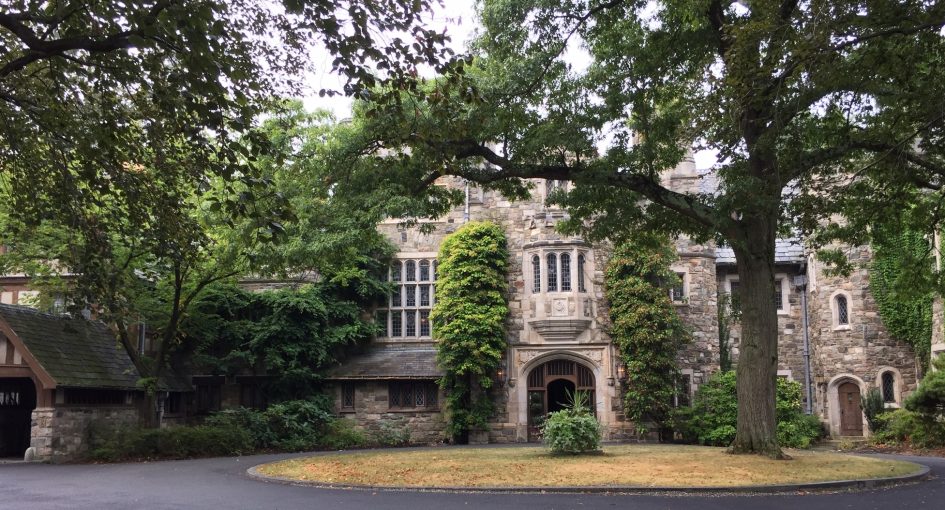
The rich history and picturesque landscapes of the northeastern United States have helped the region sustain its collection of one-of-a-kind historic hotels. These destinations attract all types of visitors, including lifelong patrons, families, and yes, even millennials. But as major chains continue to appeal to Generation Y with competitive loyalty programs and aggressive advertising spends, it can be challenging for smaller, independent hotels to connect with the younger audience. Hope is not lost, however, as millennials are consuming large amounts of content during the travel planning process. Armed with a solid strategy, content marketing for historic hotels can help keep the little guys in the fight – and win it.
Here are 4 tips for creating a content marketing strategy that connects with millennials:
Big bold visuals. As our attention spans continue to shrink (we’re down to 8.25 seconds, people) visual content becomes more and more important. This has to start with your website, and it must be mobile-friendly. You’ve undoubtedly heard about the enormous impact photo sharing social media networks have on the younger generation – a staggering 90% of Instagram users are under the age of 35. These users are posting, engaging with, and sharing their friends’ photos and authentic content, so recreating this style of content on your website can bring you one step closer to speaking the millennial language.
Experience > things. Contrary to popular belief, today’s millennials are not so different from the up-and-coming youth of past generations. With the exception of mobile, Gen Yers are still on the hunt for unique experiences that are worth their dollars and will help them connect with the local flavor. While older generations may still depend on common amenities and conveniences at a small historic hotel, millennials are hungry for opportunities that will bring them closer to the world around them. With this in mind, consider highlighting more than the hotel restaurant and air conditioning units on your website; start a blog that features photos and links from nearby attractions, calendars of local events, and recommendations for things to do and see for adventure seekers or health nuts. Not only do these opportunities attract the authenticity-seeking millennial, but in blog form, they’re shareable, too.
Loyalty, the millennial way. Millennials get a bad rap when it comes to brand loyalty, and in some ways, rightfully so. Gen Yers tend to be less brand loyal than their predecessors, but that has much to do with how the brands themselves operate. Standard rewards programs aren’t capturing millennials’ on-the-go mindset, but by putting authenticity and personalization first (see previous tip), smaller brands can prevail. This is where content marketing for historic hotels comes into play; engaging your followers on social media with valuable content, not just sales pitches, is the way to the millennial heart. Enabling them to immerse themselves in your brand, rather than feel talked at, is how you can create meaningful relationships, and breed brand loyalty. And when there are opportunities for sales messaging, consider alternative channels like promoted social media posts and deal sites like LivingSocial and Groupon.
Scarcity, reimagined. Scarcity is one of the most powerful tools in sales. And while no one is entirely immune to “only one left!” or “better act now!”, millennials see scarcity in a different way. FOMO, or fear of missing out, is the worry that you will miss an opportunity to participate in a unique experience, and it’s pretty much a millennial’s worst nightmare. For hotels, scarcity has always been a motivating sales factor, from number of rooms remaining to the general availability of accommodations in a given area. Historic hotels in the northeast can leverage the “FOMO factor” with millennials by emphasizing their unique selling points and potential opportunities in and around their properties. Recently, my millennial husband and I got the chance to tour West Point, something we’ve been planning to do for years. When it came time to book a hotel, we found several options boasting their proximity to our destination, including one that required a 40-minute drive. Still, it listed West Point as a nearby attraction, along with one other major selling point: it was a castle, in the middle of a botanical garden. FOMO took over, and we have since reviewed and recommended the spot to friends.
Historic hotels in the northeast boast unique charms and opportunities for millennials to immerse themselves in local culture. Leveraging a solid content marketing strategy through blogs, social media, and most importantly, your website, can help your brand build strong bonds with this elusive audience.